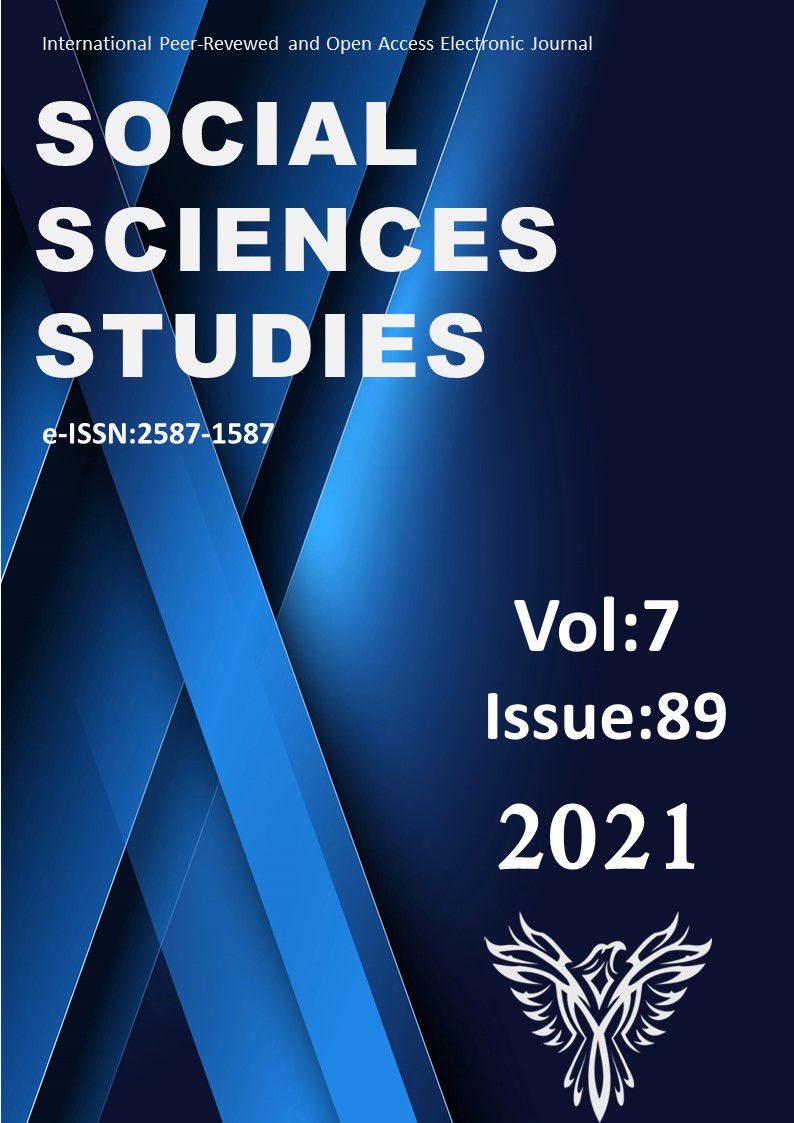Author :
Abstract
Türk sanatlarında motifler kompozisyonu oluşturan ya da süsleyen unsurlardır. Bulut motifinin halı sanatı ve Türk sanatlarındaki örneklerinde çoğunlukla süsleme özelliğine ve kompozisyonu tamamlayacağı yere göre şekillendirildiği görülmektedir. Bulut motifi tipolojik olarak incelendiğinde çok farklı şekillerde karşımıza çıkmaktadır. Bulut motifi yığma ve dolantı bulut şeklinde Türk sanatları içerisinde yerini almıştır. Dolantı bulut motifinin serbest dolantı, ayırma dolantı, ortabağ, tepelik, hurde bulut olmak üzere beş çeşide ayrıldığı yazılı kaynaklarda belirtilmiştir. Literatürde bulut motifinin kaynağı konulu çalışmalar incelendiğinde Türk sanatına Çin kültüründen geçtiği belirtilmektedir. Geçmişten günümüze bulut motifi Türk sanatlarında kompozisyonu süsleyici ve bütünleyici bezeme unsuru olarak çok çeşitli şekillerde kullanılmaktadır. Bulut motifi Çin bulutu ve çığ gibi isimler de almıştır. Bulut motifine Çin bulutu denilmesinin sebebinin Farsçada çin kelimesinin kıvrım anlamına gelmesinden dolayı bu ismin verildiğini öne süren çalışmalar mevcuttur. Araştırma da incelenen bulut motifli halılarda çoğunlukla dolantı veya çizgi bulut motifinin kullanıldığı göze çarpmaktadır. İncelenen halı örneklerinde dolantı veya çizgi bulut motifleri genellikle bordürü çevreleyen kompozisyonu tamamlayıcı motifler olarak kullanılmıştır. Makalede bulut motifinin tipolojik incelemesi yapılarak, bulut motifi kullanılmış halılardan örnekler sunulmuştur. Araştırmanın sonunda geçmişten günümüze bulut motifi bulunan tezhip, çini, kalemişi, cilt, ahşap işlemeciliği, taş ve maden işleri vb. Türk sanatlarından örneklere yer verilmiştir. Araştırmada, halılarda ve Türk sanatlarında sayısız örnekleri bulunan bulut motifinin örnekler üzerinden tipolojik incelemesini yapmak ve bu alanda çalışacak araştırmacılara derlenmiş bir çalışma sunmak amaçlanmıştır.
Keywords
Abstract
In Turkish arts, motifs are the elements that make up or decorate the composition. It is seen that the cloud motif is mostly shaped according to the decoration feature and the place where it will complete the composition in carpet art and examples in Turkish arts. When the cloud motif is examined typologically, it appears in many different forms. The cloud motif has taken its place in Turkish arts in the form of stacking and entanglement clouds. It is stated in the written sources that the entanglement cloud motif is divided into five types: free entanglement, separation entanglement, middle tie, hilly, scrap cloud. When the studies on the source of the cloud motif in the literature are examined, it is stated that Turkish art has passed from the Chinese culture. From past to present, the cloud motif has been used in a wide variety of ways in Turkish arts as an ornamental and complementary element of composition. The cloud motif has also received names such as the Chinese cloud and avalanche. There are studies suggesting that the reason why the cloud motif is called "Chinese cloud" is because the word china means fold in Persian. In the cloud motif carpets examined in the research, it is striking that mostly tangle or line cloud motifs are used. In the carpet samples examined, entanglement or line cloud motifs were generally used as complementary motifs to the composition surrounding the border. In the article, typological analysis of the cloud motif is made and examples of carpets with cloud motifs are presented. At the end of the research, examples from Turkish arts such as illumination, tile, engraving, binding, woodworking, stone and metalwork, which have cloud motifs from the past to the present, are included. In the research, it is aimed to make a typological analysis of the cloud motif, which has numerous examples in carpets and Turkish arts, and to present a compiled study to the researchers who will work in this field.





